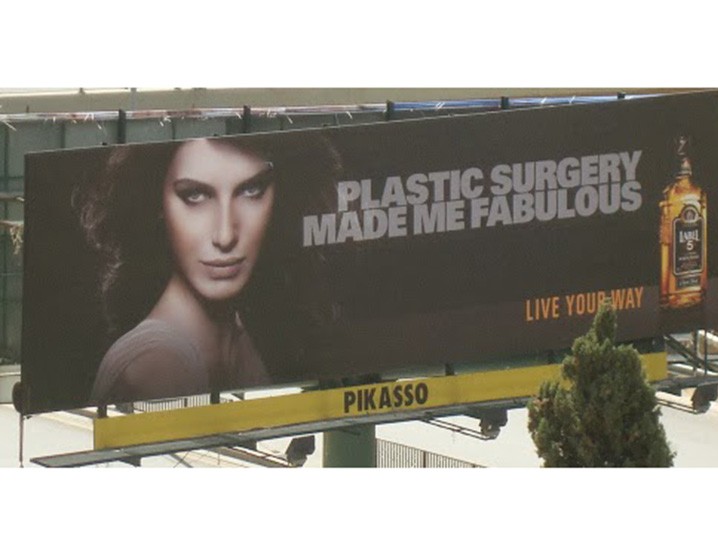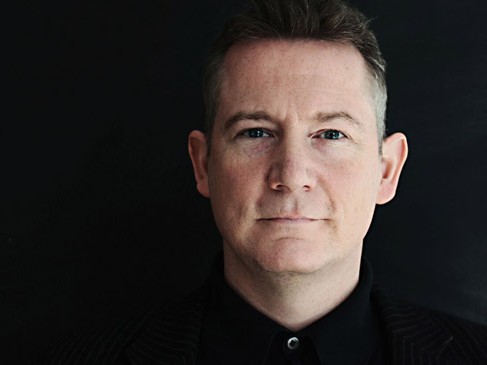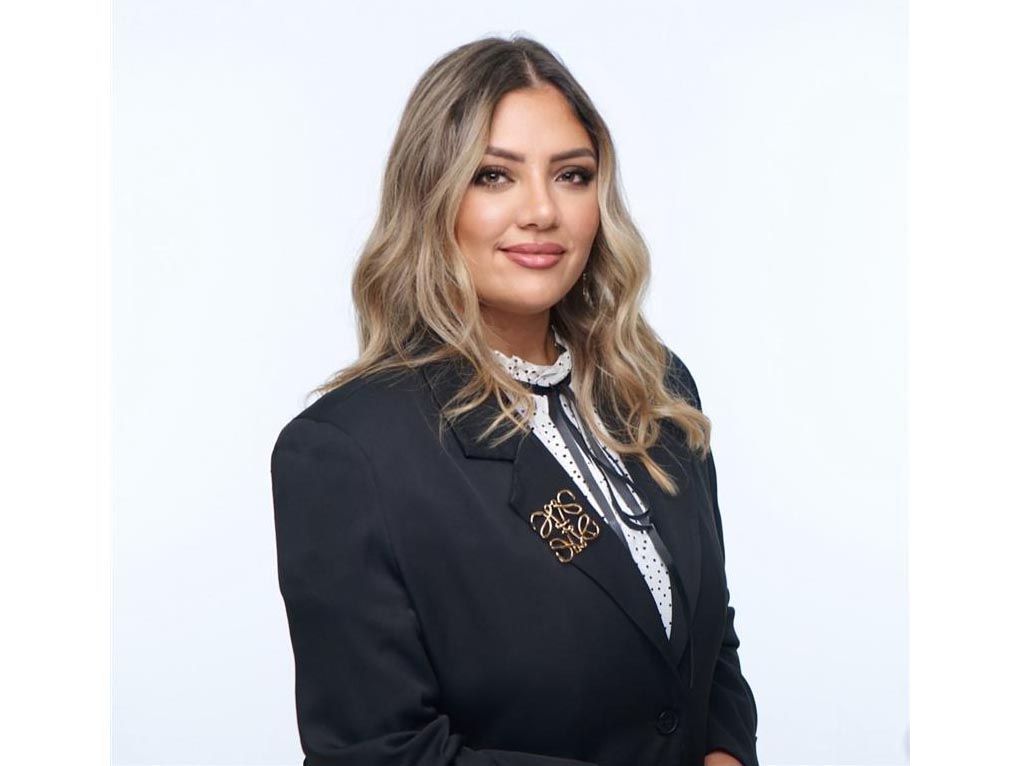Industry Talk - Free Talk
A Faithful modern: Sartorial nuances and brand myopia
by Isabelle Aoun
April 30, 2019
.jpg) Advertisement
AdvertisementMuslim women in ads, whenever represented, are mostly dominated by one single-minded image and concept: the veil. And even the word ‘veil’ has become one of those blanket terms that does not stand for a clear-cut definition. Is it a headscarf (hijab), a face veil (niqab), a full-length gown (jilbab), a hijab covering the head and chest (khimar), an abaya? And if we decide to forego the semantics, a good number of ads show more of the same. These images of eyes staring through the narrow slits of a black niqab, remind us of the ads that followed the lifting of the ban on women drivers in Saudi Arabia: visually striking and a tad “mono-tone”. Giving this PR hit the benefit of the doubt, it contributed to the surplus of attention to the veil which has produced over the years quite a large collective of visual and conceptual myopia. Muslim women, in all their diversity, tend to become reduced to a simple visual representation - with a twist here and there, reinforcing a binary opposition between the veiled and the unveiled, and reducing women to one aspect of their public appearance. Much less attention has been given to the different ways in which new understandings of Islam are part of people’s lives, the ways that they practice their faith at the intersection of modernity and consumption.
While some recent advertisements are shifting how Muslim women are portrayed in their marketing campaigns (Nike, H&M, Rihana’s Fenty Beauty), most of the creativity displayed in ads remains descriptive, promoting a homogeneous collective self-image whenever addressing the Muslim woman. Obviously, the creative industry needs to catch up.
Caught in the ‘veil’ symbolic
The practice of veiling has not always been exclusively Muslim. A historical outlook across various cultures and religions tells us so. But today, it mostly is. The ‘veil’ is a religious symbol and a controversial one, loaded with symbolic. Whether colored, decorative or plain, it generates public attention and divide. Given the complexity of this sartorial and all that it represents, it is often reduced to stereotypes: misogynistic and patriarchal control over women’s bodies, a sign of emancipation or submission, victimhood, ignorance, tradition, fundamentalism, a symbol of political Islam, and identity politics. It has been critiqued, interpreted, misinterpreted, prescribed, defended, offended, portrayed, promoted, opposed, prohibited, imposed, banned, unbanned, and what have you. Extremely polysemic, it is subject to many debates, and contradictory interpretations. Many readings have been attributed to it: modesty, a cultural manifestation, a practical dimension, a sign of emancipation or submission, freedom, oppression, Islamic fashion, a confirmation of piety or spiritual quest. All the while, accompanied by the complex legacies of orientalism, inevitably political, and from little to extremely identity depending on the contexts. This non exhaustive fan of meanings adds to the complexity of what this garment can symbolize, hence the tendency to lump together the multitude of wearing practices and lifestyles, into austere portrayals of women swathed in black. These are inherently problematic representations, for three reasons:
- They widen the gap between the public imagination and the considerably more complex reality of the transformations that the practice of ‘veiling’ is undergoing, shaped by both local and global forces at play; be it social, economic, religious, political, as well as more personal variables of aesthetics, ethics, fashion, identity, faith and belonging.
- They reinforce the normative view established and narrow the scope of the contemporary hijab wearing lifestyles, of which these portrayals are but one of the sartorial possibilities. The practice is very contextual and diverse even within a single geography, there are many geographies of the ‘veil’.
- Most importantly, they assume that all Muslim women are veiled, and they overload the already existing stereotypical symbolic with very little consideration to the women living at the receiving end of those stereotypes.
Swinging the pendulum
Advertising as we know it, can sometimes trade in reductive stereotypes. There can be merit to that, as stereotypes not only make the creative work easier, but also audiences connect and make quicker sense of it. Also, because stereotypes are powerful, they impact, and we are all too familiar with the desire to create impactful campaigns. Moreover, stereotypical depictions can be a safe route, especially once there is the risk of getting it wrong when engaging a seemingly complex and heterogeneous demographic. The pitfall is that they homogenize and can foster myopic marketing campaigns. There is in fact a history of missteps in campaigns in the context of advertising and Islam, very few of them born out of an insight (from ads such as Hoodies with Bar Rafaelli removing a ‘niqab’ to Versace Malaysia 2018, with one of the models in the campaign wearing a hijab with a mini-skirt and translucent thighs). Considering how slow brands have been at embracing the Muslim consumer, one must also acknowledge the challenge, hence, reducing a religion as complex and rich as Islam to the mere symbol of the ‘veil’ when targeting this consumer group. While some brands’ initiatives are commendable, most communication swings between trading in stereotypes or being apologetic by finding exceptions to the clichés, while most women’s life stories are in the middle, within the two ends of the pendulum. It is time for the advertising industry to demystify the ‘veil’ and start interrogating why the representation of Muslim women are that far away from their real-life experiences, in all their diversity. The discourse that exclusively represents them as either “oppressed or victims” or as “hijabi athletes or supermodels” is reinforcing brand myopia. The average Muslim woman may have been in the driver seat for longer than we thought, which challenges current misconceptions that they do not have spending power or the final decision on purchases.
A faithful modern
The global modest fashion industry has taken the style and aesthetics of modest fashion and the hijab to a whole new place, promoting it as a positive garment in a woman’s wardrobe, only preempted by the avantgarde Tesettür (Turkish modest fashion) industry. Hijabistas and ‘hijababes’ (fashionable young Muslim women) taking the blogosphere by storm have contributed to that perception. Ethnographic studies looking at the evolution of Muslim women’s dress code across markets provide a rich visual window into the major transformations which veiling practices are undergoing, on the larger backdrop of how faith, modernity, and globalization intersect and interact. Understanding this sartorial and its nuances is a valuable exercise for brands outside the fashion industry, to move beyond a religiously framed approach or using religion as a segmentation variable or a demographic characteristic. This entails looking for insights into what it means to be a contemporary Muslim woman, and the guiding values that inform her consumption choices. Because at one point, casting a model in a hijab may no longer be enough for a campaign.
Stricking a Chord
If the next wave of Islamic banding and creative communication is to come from the Arab world, then it will have to be intelligent and brave. This calls to look beyond the stereotypes, conceptions or misconceptions, and invites a reflection about how we as marketers and creatives can bifurcate into a braver approach to better represent Muslim women more holistically. One that combines relevant insights, with thoughtfulness, ingenuity, and creativity. The globalization of halal and its rise into the business sphere across categories begs the question of whether women are veiled is the most productive question to ask. Inscribed within the demographic, social, and commercial rise of global halal, is the UAE’s timely vision announced in 2013 to position Dubai as the global capital of the Islamic economy which is broader than “meat and money” (more commonly known as halal food and Islamic finance). Halal has become a lifestyle, and we have entered a phase that will witness more visible expressions of faith in consumer culture.
Modern Muslim societies and audiences need to be genuinely understood, and more so in the Arab world since the onset of the ill-named Arab spring, and the ensuing developments in the region. It is high time to start mining the briefs we receive for deeper insights about the lives of people shaping those modern societies. This entails looking at the co-constructive nature of faith and consumption, while acknowledging market place logics as well as the central role of religion as a resource that informs different modes of consumption. Without that mining and thoughtfulness, the next idea, the next story, may be challenged by the fastest growing global consumer segment, or at best, it may fall on deaf ears.
Tackling complex subjects is complex and is inevitably risky. But some risks are worth taking because successful creative work starts with a risk. One that will never be as big as the risk of getting it wrong or doing something safe.


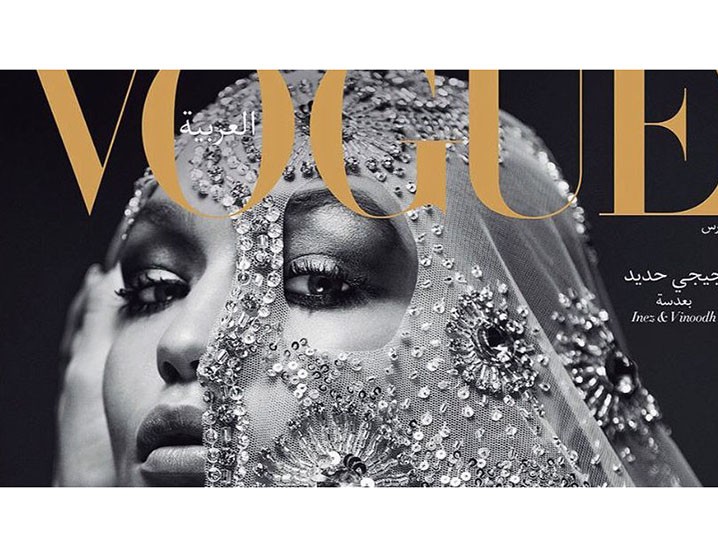
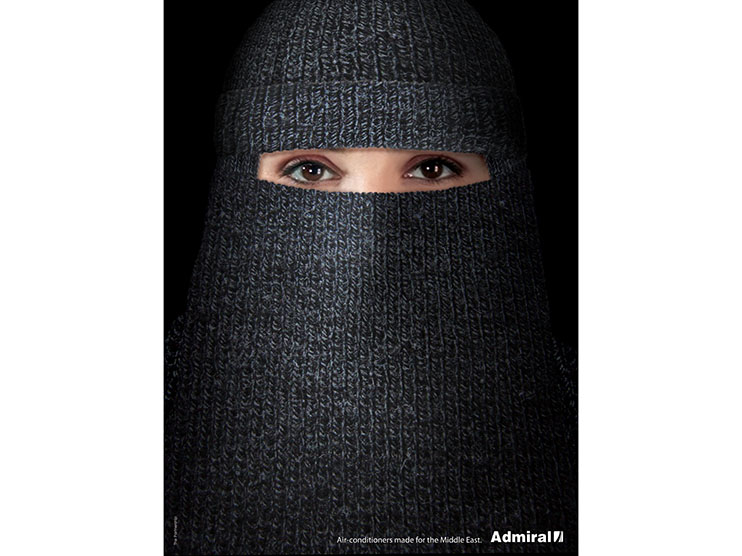
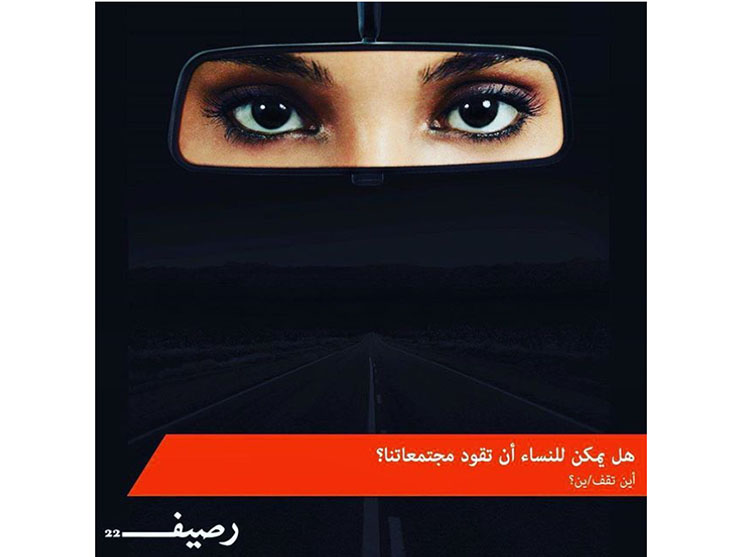
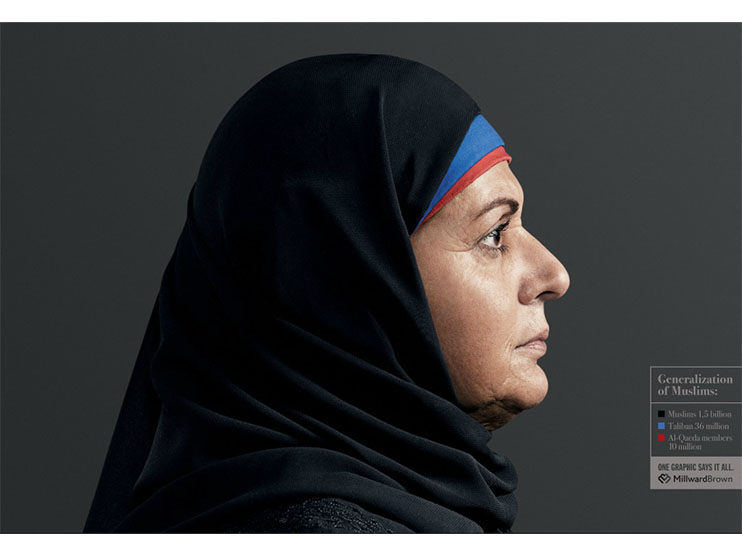

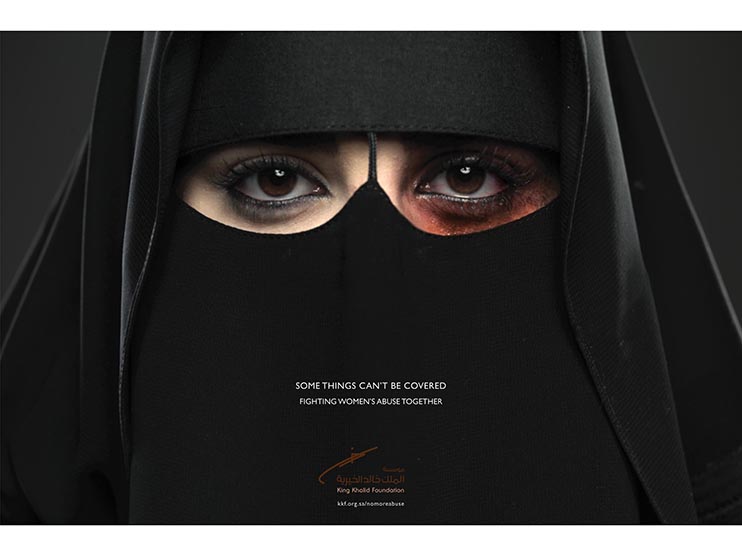
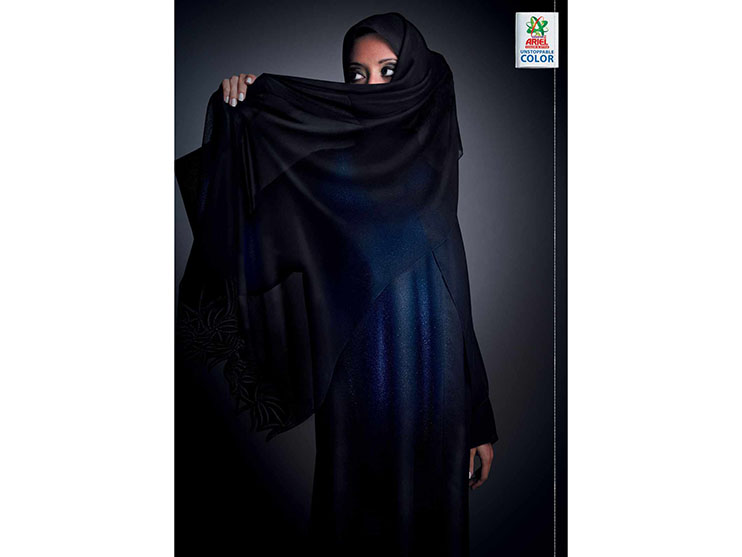

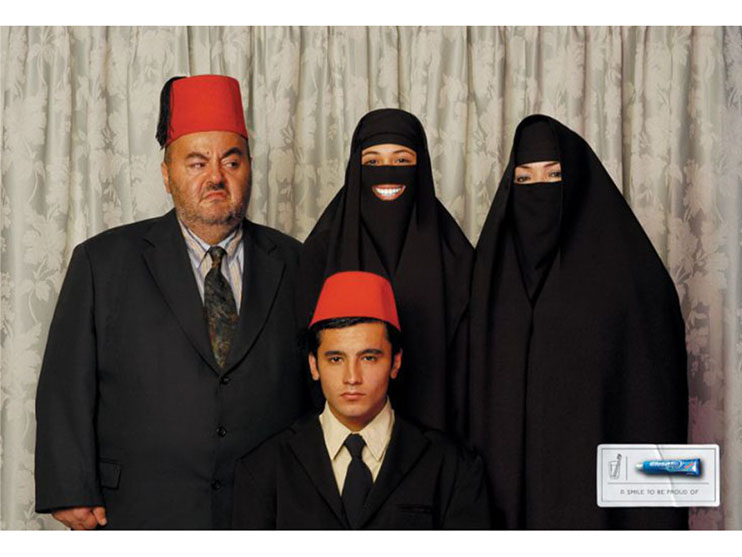
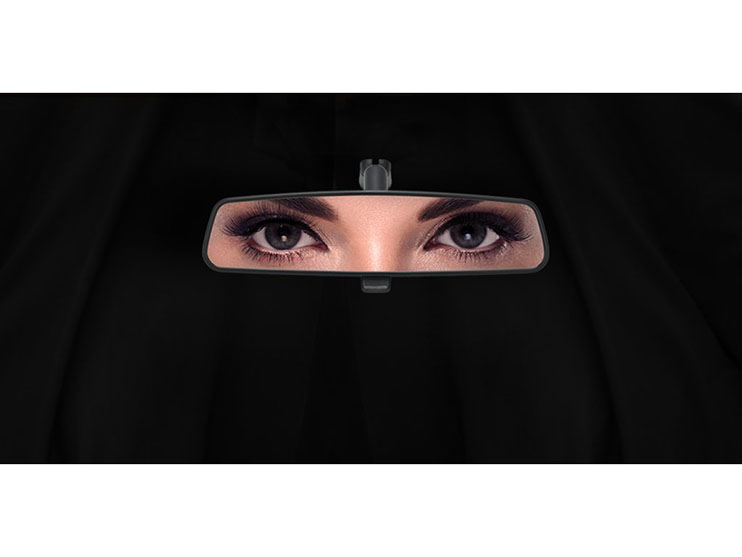

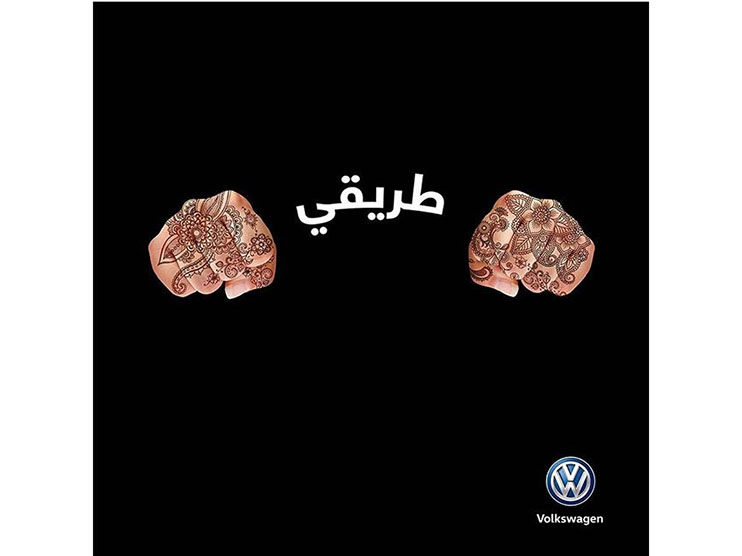
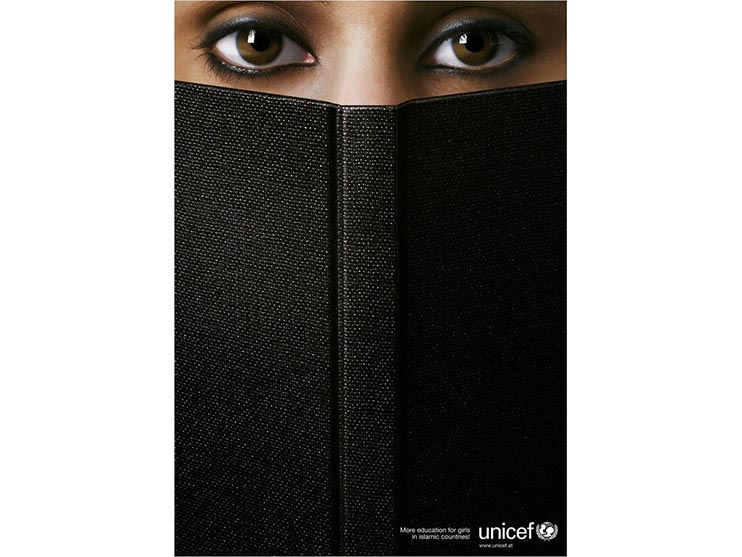
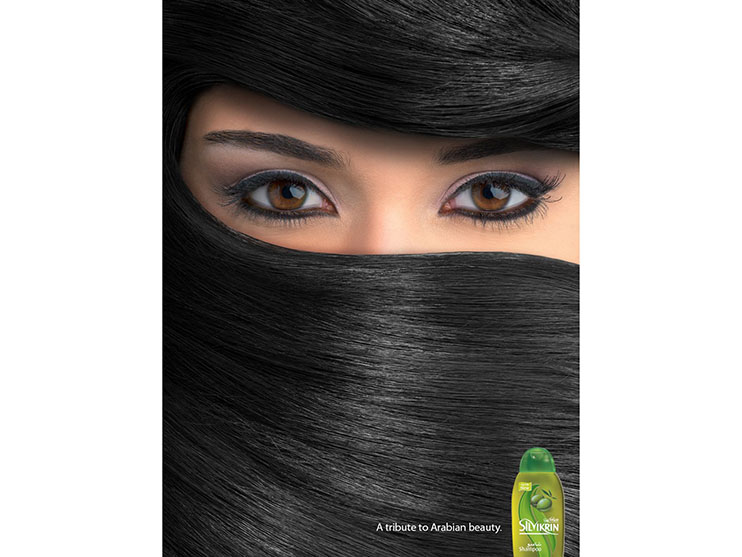


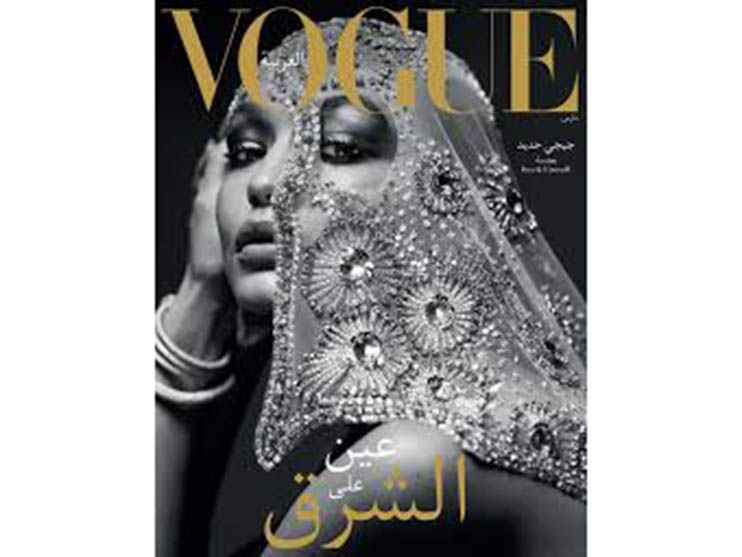
.jpg)
